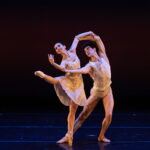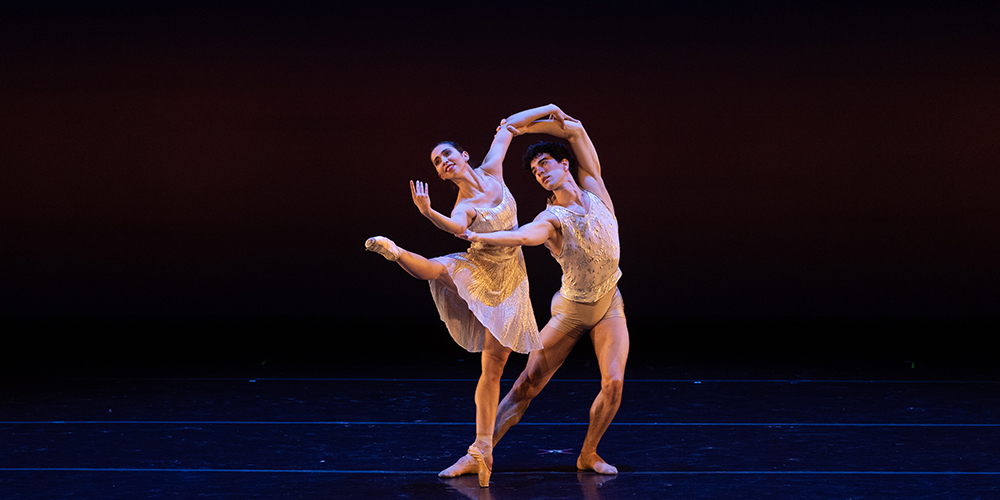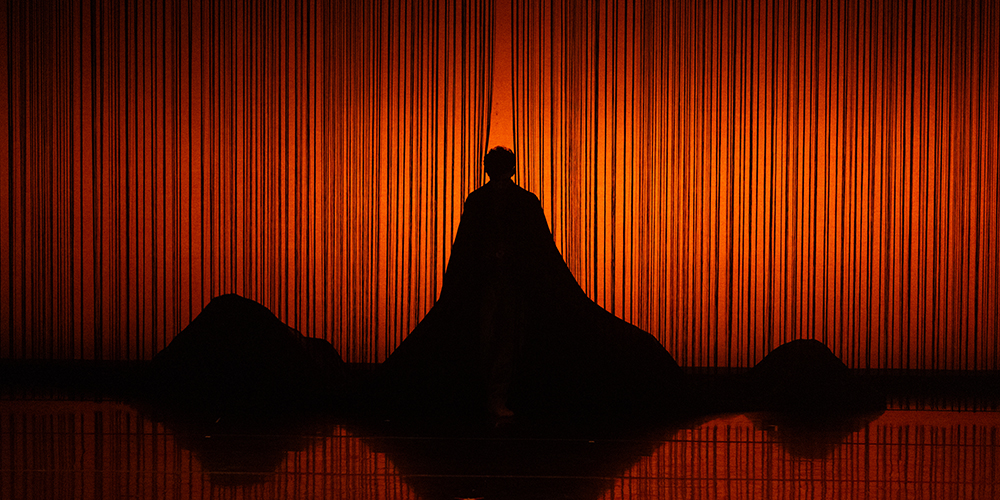14 March 2019
10 Things You Need To Know About Don Quixote
As The School of Ballet Arizona prepares to bring Don Quixote to the stage for the very first time, we are sharing some fun facts that you need to know about this adventurous ballet!
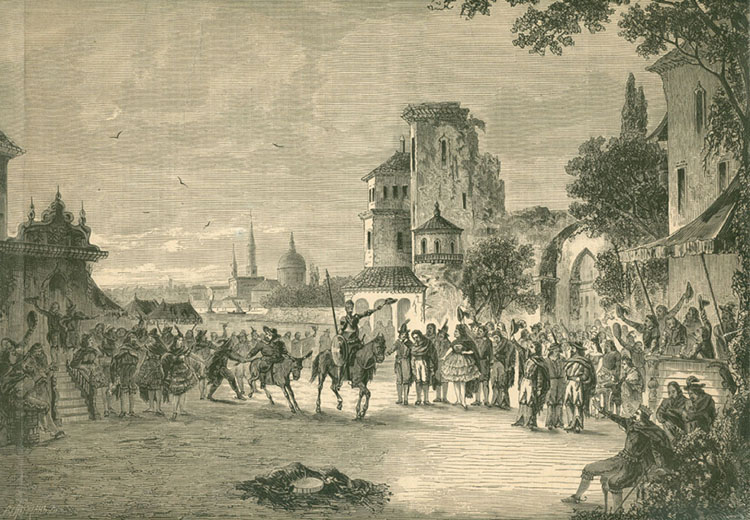
- The ballet is only based on about two chapters of Miguel de Cervantes’ novel, which is considered one of the best literary works of all time! The adapted story dramatizes and romanticizes events from the novel which creates a perfect showcase of masterful choreography.
- The word quixotic, meaning exceedingly idealistic, unrealistic, and impractical, was derived from Cervantes’ title character Don Quixote! The Don is the physical embodiment of idealism and impracticality – it’s no wonder he should have a descriptor named after him.
- The ballet first premiered at the Bolshoi Theatre in Moscow, Russia on December 26, 1869. It was originally choreographed by Marius Petipa with music by Ludwig Minkus. They both revised the ballet in 1871 and added a 5th act to the original 4. All modern productions of Don Quixote however are derived from the version staged by choreographer and Marius Petipa’s contemporary, Alexander Gorsky, for the Bolshoi Theatre in 1900.
- Even though Petipa is credited with the original production, the ballet in some form or another, has been alive for over 250 years, with the first version of the ballet being recorded in 1740 by dancer and choreographer Franz Hilverding in Vienna, Austria.
- George Balanchine actually created his own Don Quixote in 1965 and cast himself in the title role (a rare stage appearance with NYCB) and Suzanne Farrell, his muse, as his idealized love Dulcinea. While the ballet was not performed after 1978, it is an interesting artistic representation of the real-life relationship between Balanchine and Farrell.
- Minkus’ score for Don Quixote is considered his first great success as a composer. A year after the ballet premiered, he was appointed the official composer of ballet music to the Imperial Theatres in St. Petersburg.
- Over the years, many dancers have contributed to the fame and glory of the characters Dulcinea/Kitri and Basilio. These roles are some of the most virtuosic and challenging in all of the classical ballet repertory!
- The most famous Kitri’s/Dulcinea’s of the 20th Century were Maya Plisetskaya, Gelsey Kirkland, Sylvie Guillem, and Diana Vishneva, among others. They set a new standard of artistic and technical excellence for ballerinas dancing the role!
- The character Don Quixote served as an inspiration for the great visual artists Salvador Dali and Pablo Picasso! Both artists created original illustrations of the starry-eyed knight.
- The Grand Pas de Deux of Kitri and Basilio is often performed as a standalone excerpt of the ballet, more so than the full-length production itself. It features technically demanding variations, remarkable partnering, and a lovely musical score!
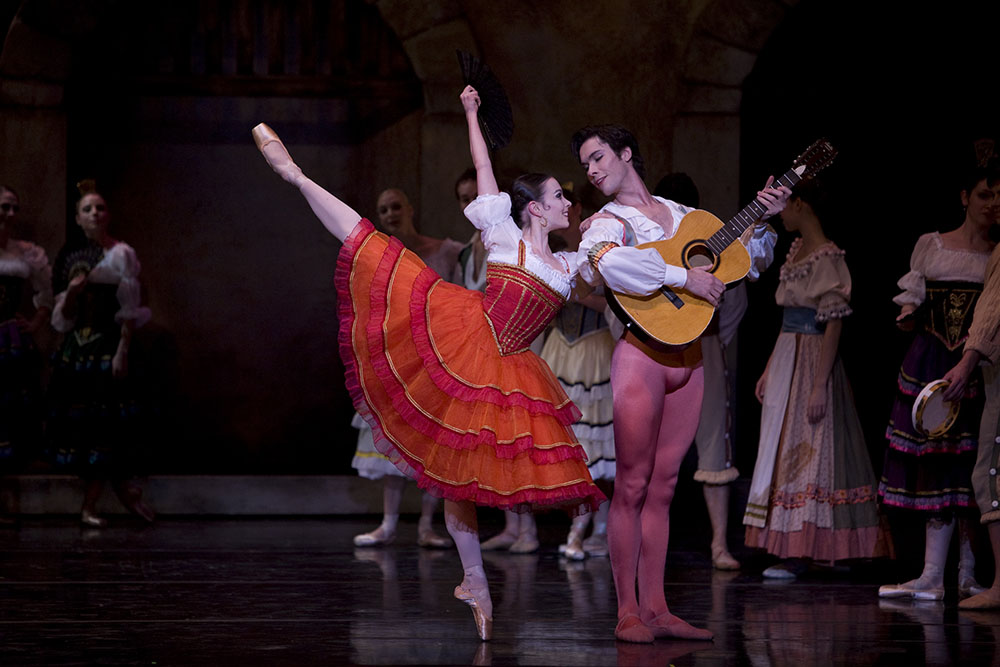
Click here to get your tickets to The School of Ballet Arizona’s production of Don Quixote April 5-7 at Dorrance Theatre!


